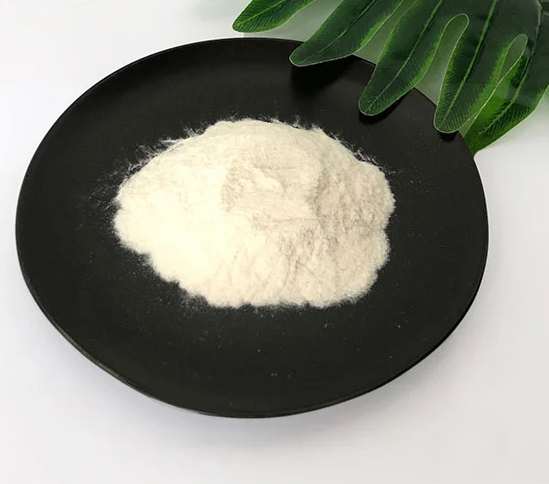As an AI language model, I don’t have access to specific safety data sheets for individual chemicals. However, I can provide general information on the safety considerations for hydroxyethyl cellulose (HEC) based on its properties and common usage.
HEC is generally considered safe for use in various industries, including pharmaceuticals, cosmetics, and food. However, as with any chemical substance, it’s important to follow proper handling procedures and safety precautions to minimize potential risks. Here are some key safety considerations for HEC:
- Skin and Eye Contact: HEC is typically low in toxicity, but it may cause mild irritation if it comes into contact with the skin or eyes. In case of contact, rinse affected area with plenty of water. If irritation persists, seek medical attention.
- Inhalation: Avoid inhaling HEC dust, as it may cause respiratory irritation. Work in well-ventilated areas and use appropriate respiratory protection if handling large quantities of HEC powder.
- Ingestion: HEC is not intended for ingestion. Ingestion of HEC may cause gastrointestinal irritation. If ingested, do not induce vomiting, and seek medical attention immediately.
- Fire and Explosion Hazard: HEC is not considered flammable or combustible. It does not pose a fire or explosion hazard under normal handling and storage conditions.
- Storage and Handling: Store HEC in a cool, dry, well-ventilated area away from heat, direct sunlight, and incompatible materials. Keep containers tightly closed when not in use. Follow proper handling procedures to minimize the risk of exposure.
- Environmental Considerations: HEC is biodegradable and generally considered to have low environmental toxicity. However, avoid releasing large quantities of HEC into the environment. Dispose of HEC waste in accordance with local regulations.
- Compatibility: HEC may be incompatible with certain materials or chemicals. Conduct compatibility testing when formulating with HEC to ensure compatibility with other ingredients.
- Regulatory Compliance: Ensure compliance with applicable regulations and standards governing the use of HEC in specific industries and applications. Familiarize yourself with relevant safety, health, and environmental regulations.
For detailed safety information specific to a particular HEC product, refer to the manufacturer’s safety data sheet (SDS) or material safety data sheet (MSDS). These documents provide comprehensive information on the safe handling, storage, disposal, and emergency procedures for the specific product.


